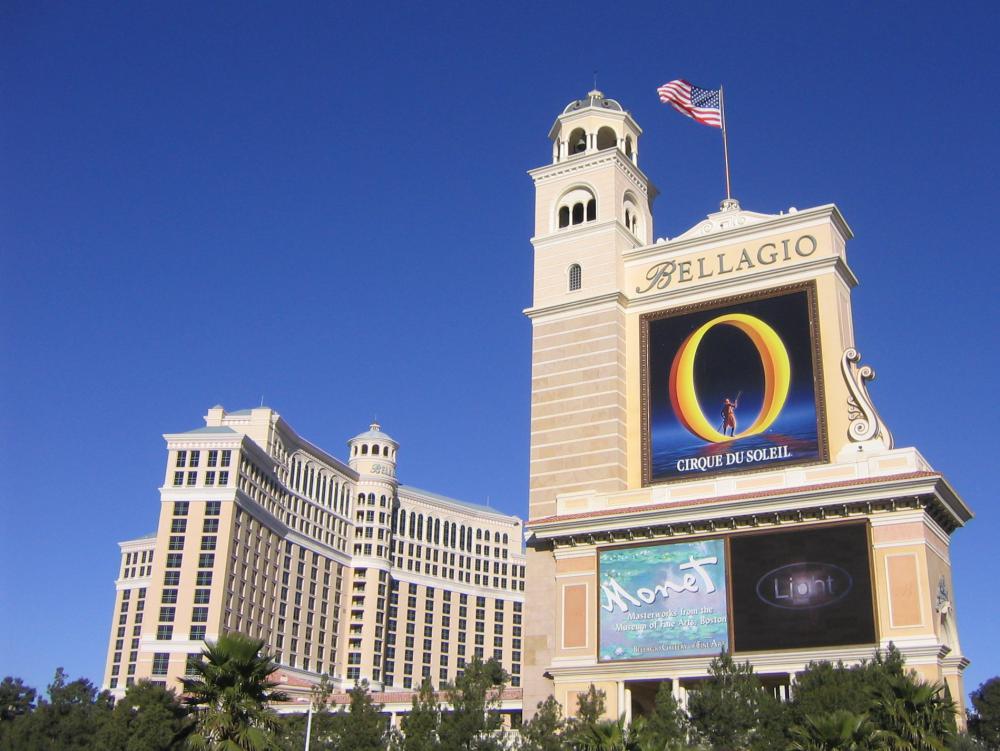At EasyTechJunkie, we're committed to delivering accurate, trustworthy information. Our expert-authored content is rigorously fact-checked and sourced from credible authorities. Discover how we uphold the highest standards in providing you with reliable knowledge.
What is an LED Panel?
An LED panel is an array of individually placed light-emitting diodes (LEDs) that is designed to display specific video patterns and animation from a distance. Original uses for an LED panel include basic billboard advertisements, store signs and gaming displays. More recently, LED panels have been incorporated into general lighting displays because of their versatility over traditional lighting and their lower energy demands.
Designs for LED panels come in two basic formats. Original or conventional LEDs are those with a display head about one-eighth of an inch (0.32 cm) in diameter. They are arranged in square groupings of individual red, green and yellow or blue LEDs to simulate the pixel display of a typical computer or television screen. Such displays are commonly used where the brightness of the display does not have to be intense.

More modern LED panel displays are based on a light-emitting diode smaller than the head of a pin. This type of LED panel is referred to in the industry as a surface-mounted device (SMD). The red, green and blue LEDs in a SMD display are mounted as single units on a computer-controlled circuit board. The smaller size of these LEDs allows for viewing of the display at a closer distance without the visual distortion that would be present in a standard display.

SMD-designed LED panel displays are often used where high brightness and rapid fluctuation of the image are desired. This can include sports arena displays, modern billboards and corporate displays in outdoor urban settings and such high-profile locations as fashion or auto shows. Other increasingly popular uses for LED panel displays include traffic lights, traffic signals and stage lighting for theater and television productions.
LED panels have been incorporated into the design of televisions as well. The very first LED panel television screen was developed in 1977, but the first commercially viable model was not introduced to the public until 2004. These types of television displays offer higher brightness and improved color variation than earlier liquid crystal displays (LCD).
Televisions based on LED technology are considered by many people to be a better technology than both conventional LCD displays and plasma displays because they consume less power. The LED lights themselves also have a longer lifespan before they wear out than earlier plasma or LCD screens do. A typical LED panel can last 30,000-50,000 hours, with some displays designed to last for 100,000 hours.
AS FEATURED ON:
AS FEATURED ON:












Discuss this Article
Post your comments